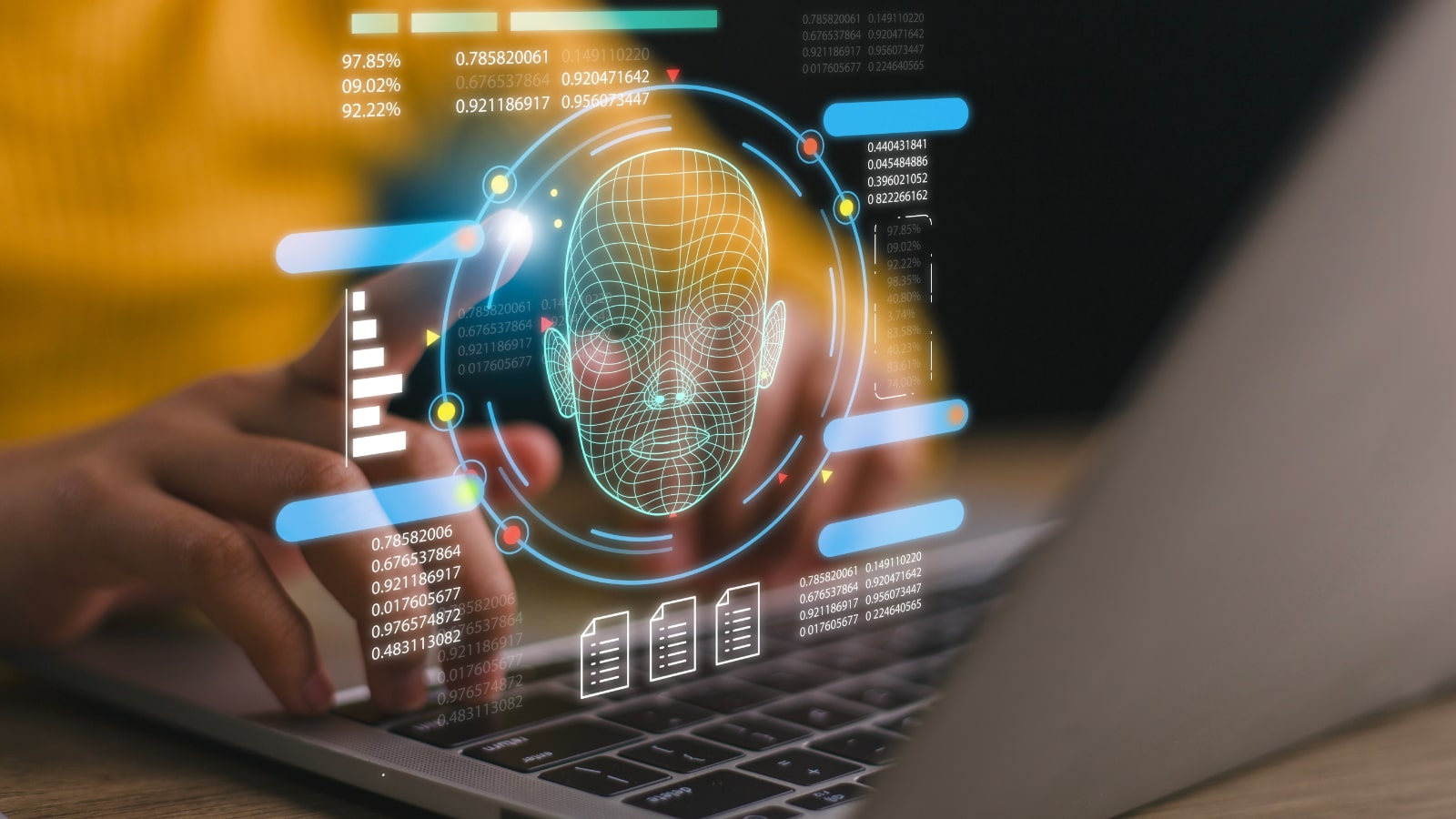With a lack of technologies and regulations to blunt the impact of fake audio, images, and video created by deep-learning neural networks and generative AI systems, deepfakes could serve up some costly shocks to businesses in the coming year, experts say. Currently, deepfakes top the list of concerning cyber threats, with a third of companies considering deepfakes to be a critical or major threat. Some 61% of companies have experienced an increase in attacks using deepfakes in the past year, according to a report released this week by Deep Instinct, a threat-prevention firm.
However, attackers likely will only innovate and better adapt deepfakes to improve upon current fraud strategies, using generative AI to create attacks against financial institutions' know-your-customer (KYC) measures, manipulate stock markets with reputational attacks against specific publicly traded firms, and blackmail executives and board members with fake — but still embarrassing — content. In the short term, the impact of a deepfake campaign aiming to undermine the reputation of a company could be so great that it affects the firm's general creditworthiness, says Abhi Srivastava, associate vice president of digital economy at Moody’s Ratings, a financial information firm. "Deepfakes have potential for substantial and broad-based harm to corporations," he says.

"Financial frauds are one of the most immediate threats. Such deepfake-based frauds are credit negative for firms because they expose t.
















